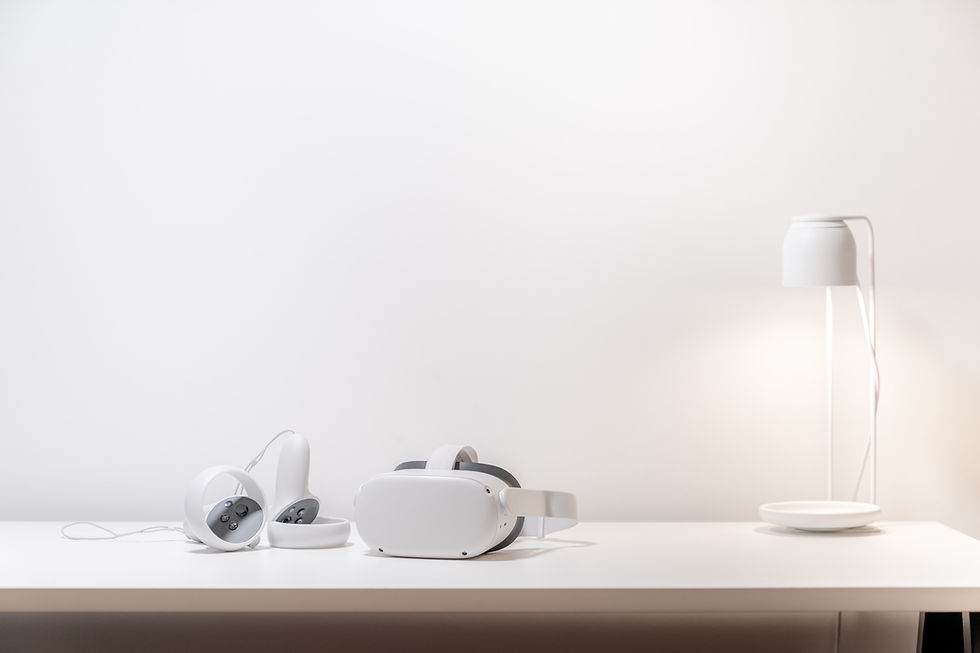Coffee Spilling and Science
- The Doodle People
- Jun 11, 2024
- 3 min read

The Science Behind Your Morning Coffee Mishap
We've all been there. You're rushing out the door, coffee in hand, and before you know it, that precious liquid is all over your shirt. But have you ever wondered why it's so easy to spill your coffee? Oxford University has the answer, and it's rooted in the fascinating world of physics. (More specifically, fluid dynamics.)
The Coffee Conundrum
At first glance, spilling coffee might seem like a simple case of clumsiness, but it's actually a matter of the liquid's natural dynamics combined with human movement. Here’s a breakdown of why coffee spills so easily:
Natural Frequency: Coffee, like any liquid, exhibits a natural frequency when exposed to a directional force. The natural frequency is the rate at which it sloshes back and forth. This frequency is surprisingly coincides with the typical pace of human walking. As you walk, your hand movements create waves in the coffee that quickly reach the cup's edge and cause spills.
Cup Dynamics: The shape and size of your coffee cup also play a significant role. Most coffee cups are tall and narrow, which makes them more prone to spilling. The higher the liquid level in the cup, the easier it is for the coffee to splash out.
Human Gait: When we walk, our bodies move in a rhythmic pattern, which translates to a regular up-and-down motion of our hands. This motion syncs up with the natural frequency of the coffee, amplifying the sloshing effect and increasing the likelihood of a spill. This matching of frequencies and amplification is known as "resonance".
Putting everything together, when a cup design that give rise to your coffee's natural frequency resonates with your hand movement frequency while walking, you are more likely to get a spill.
Avoiding the Spill
While the science behind coffee spills might make you feel better about your morning mishaps, there are some practical tips you can use to minimize spills:
Walk Slowly: By slowing down your pace, you disrupt the rhythmic motion that causes the coffee to slosh. This gives the liquid less momentum to reach the cup's edge.
Use a Lid: A simple yet effective solution is to use a lid. It not only prevents spills but also helps keep your coffee warm.
Opt for a Wider Cup: Choosing a cup with a wider mouth can reduce the height of the coffee, and change its natural frequency making it less likely to spill.
Holding the cup differently: The researcher proposed holding your coffee cup in different ways, as it can help change the frequency of your hand movement, effectively preventing spills.
Understanding the physics behind why coffee spills can help you take steps to prevent it. Next time you find yourself frustrated with a coffee spill, remember that it's not just you—it's science! So, the next time someone asks why you always spill your coffee, you can impress them with the fascinating physics behind it—and maybe even save a shirt or two.
A Design Challenge?
While coffee cups and mugs have been around for a long time, and served us well in their intended purpose, there's still more to learn from this simple tool! The intended purpose for an open cup to simply hold liquids, and not to transport it over long distances quickly (we have proper containers for that). But figuring out why and how, can be an interesting exercise and learning experience nonetheless.
For the sake of exploration, how would one design a cup that could prevent resonance without altering how we naturally would hold a cup of coffee to walk? This is something that we think about daily as we design worlds and experiences that go in sync with natural human behaviour!




Comments